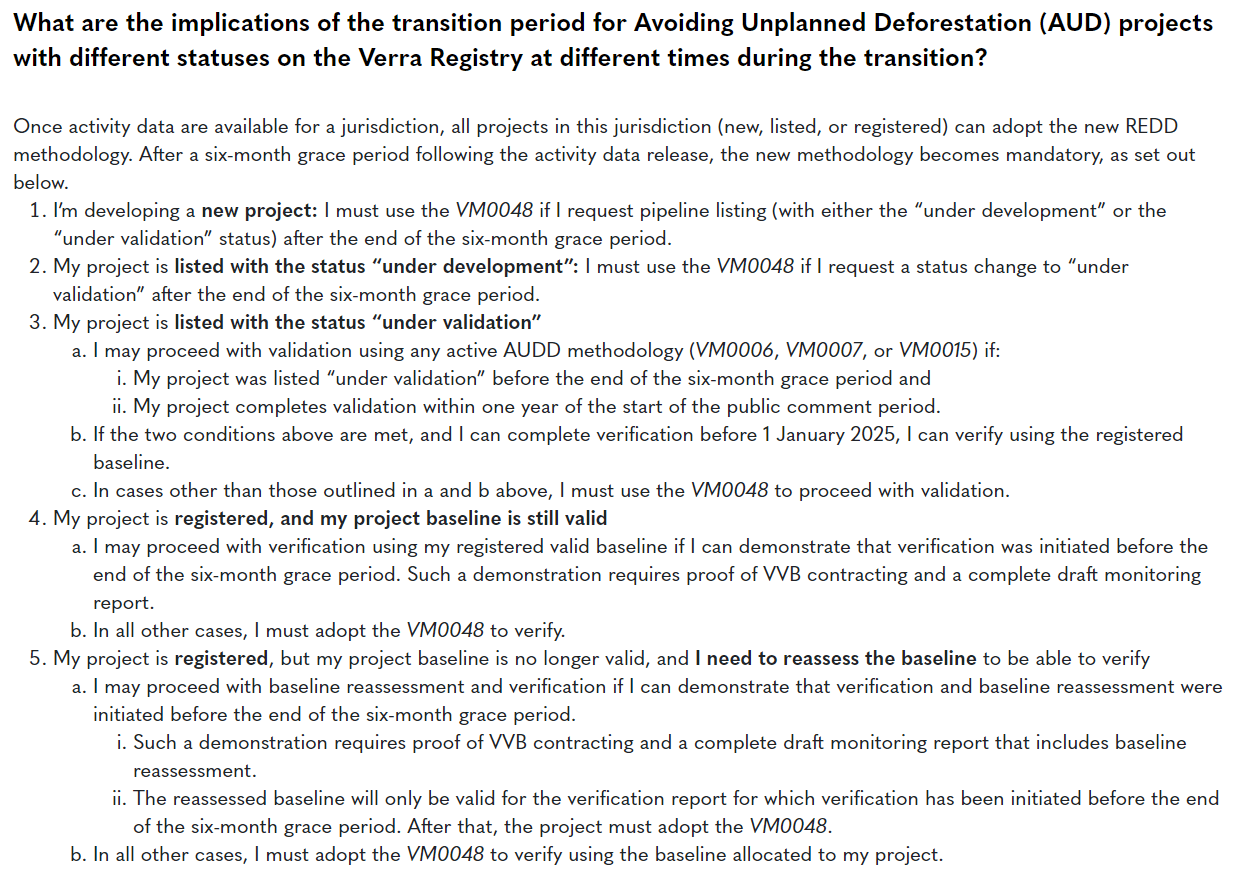Verra, a nonprofit that works on climate action and verifies carbon credits, has introduced a new way to protect forests. This method, which is under the Verified Carbon Standard (VCS) program, is a big change in how they measure the impact of activities that help keep forests safe and decrease the amount of greenhouse gasses (GHG) they produce.
The new approach also matches the rules set by countries in their plans to lower emissions under the Paris Agreement. As such, it opens doors for more global investment in safeguarding nature.
Redefining REDD Methodology for Enhanced Quality and Alignment
The new REDD methodology involves two essential firsts for Verra:
- A new approach to the baseline-setting process that decreases the potential for conflict of interest and adds greater quality control; and
- Aligns key features of forest projects with global and government action for the first time.
Toby Janson-Smith, Verra’s Chief Program Development and Innovation Officer, emphasized the importance of forests in meeting our global climate goals. He noted that deforestation causes about ⅕ of the world’s GHG emissions, further adding that:
“…carbon markets are the best and most readily available tool we have for forest protection. Today marks a substantial advancement for ensuring the integrity of REDD and supporting the scaling up of these critical activities.”
This new way of working has been in progress since 2020 and focuses on REDD. It means “Reducing Emissions from Deforestation and Forest Degradation”.
REDD covers various activities, from stopping illegal logging to helping forest communities find other ways to make a living. This system has safeguarded large areas of forests worldwide and directed millions of dollars to communities in developing countries that take care of these forests.
Under this new methodology, Verra will handle the process of setting the baselines for measuring the impact of REDD activities. They will use specific data and a strong process to estimate the expected deforestation in an area. Advanced remote-sensing technologies and a robust risk assessment will be used to achieve accurate calculations.
This would help ensure that the number of reduced emissions verified from all projects in an area matches the overall measurement for that region. Such an approach brings consistency, lessens possible conflicts of interest, improves quality control, and better supports government actions.
Empowering Carbon Markets with High-Integrity Forest Projects
A senior director for Verra’s REDD+ program, Naomi Swickard, emphasized the role of carbon markets in ensuring that forest projects “deliver nationally aligned high-integrity credits”. She added that it assures buyers that their contributions truly count towards climate action while benefiting biodiversity and local communities.
Overall, it will boost the value of REDD+ projects in carbon credit markets.
- In 2022, more than 400 million REDD+ credits have been issued on the VCM, accounting for a quarter of total credits issued in the market.
For those new to the space, Verra’s REDD+ projects were scrutinized by a team of investigative journalists at the beginning of the year. They claimed that the carbon credits from those projects likely don’t represent real emission reductions.
Verra responded that their findings are incorrect because their studies miscalculate the impact of the organization’s forest projects.
The newly released REDD+ methodology is the outcome of teamwork and agreement among experts and stakeholders in the carbon market. According to Verra, it’s a work among co-authors, including Tim Pearson of GreenCollar, Kevin Brown and Sarah Walker of the Wildlife Conservation Society, Till Neeff, Simon Koenig of Climate Focus, and Manuel Estrada.
What’s Next?
There would also be an allocation tool soon to be launched that will complement the new methodology.
Verra has outlined a clear plan for how current Avoided Unplanned Deforestation (AUD) projects will transition to this new methodology. The roadmap also details what the transition process will involve. Here’s an important piece of information about the transition.


Moreover, Verra will provide a route to Core Carbon Principles (CCP) labeling under the Integrity Council for Voluntary Carbon Markets (ICVCM) for previously verified emission reductions and issued VCS carbon credits.
This will happen once the VCS program is evaluated by ICVCM as CCP-Eligible and it’s recognized in a CCP-Approved category. This pathway will allow project initiators to voluntarily switch their projects to the new methodology and adjust previous project calculations accordingly.
Detailed information about this transition concerning various methodologies will be available in the upcoming months.
Verra’s new REDD+ methodology marks a pivotal moment in safeguarding forests and reducing global GHG emissions. This groundbreaking approach not only enhances quality control but also fosters greater confidence in carbon markets, driving investments towards nature preservation and supporting climate action.
- SEO Powered Content & PR Distribution. Get Amplified Today.
- PlatoData.Network Vertical Generative Ai. Empower Yourself. Access Here.
- PlatoAiStream. Web3 Intelligence. Knowledge Amplified. Access Here.
- PlatoESG. Carbon, CleanTech, Energy, Environment, Solar, Waste Management. Access Here.
- PlatoHealth. Biotech and Clinical Trials Intelligence. Access Here.
- Source: https://carboncredits.com/revolutionizing-forest-protection-verra-introduces-new-redd-methodology/



